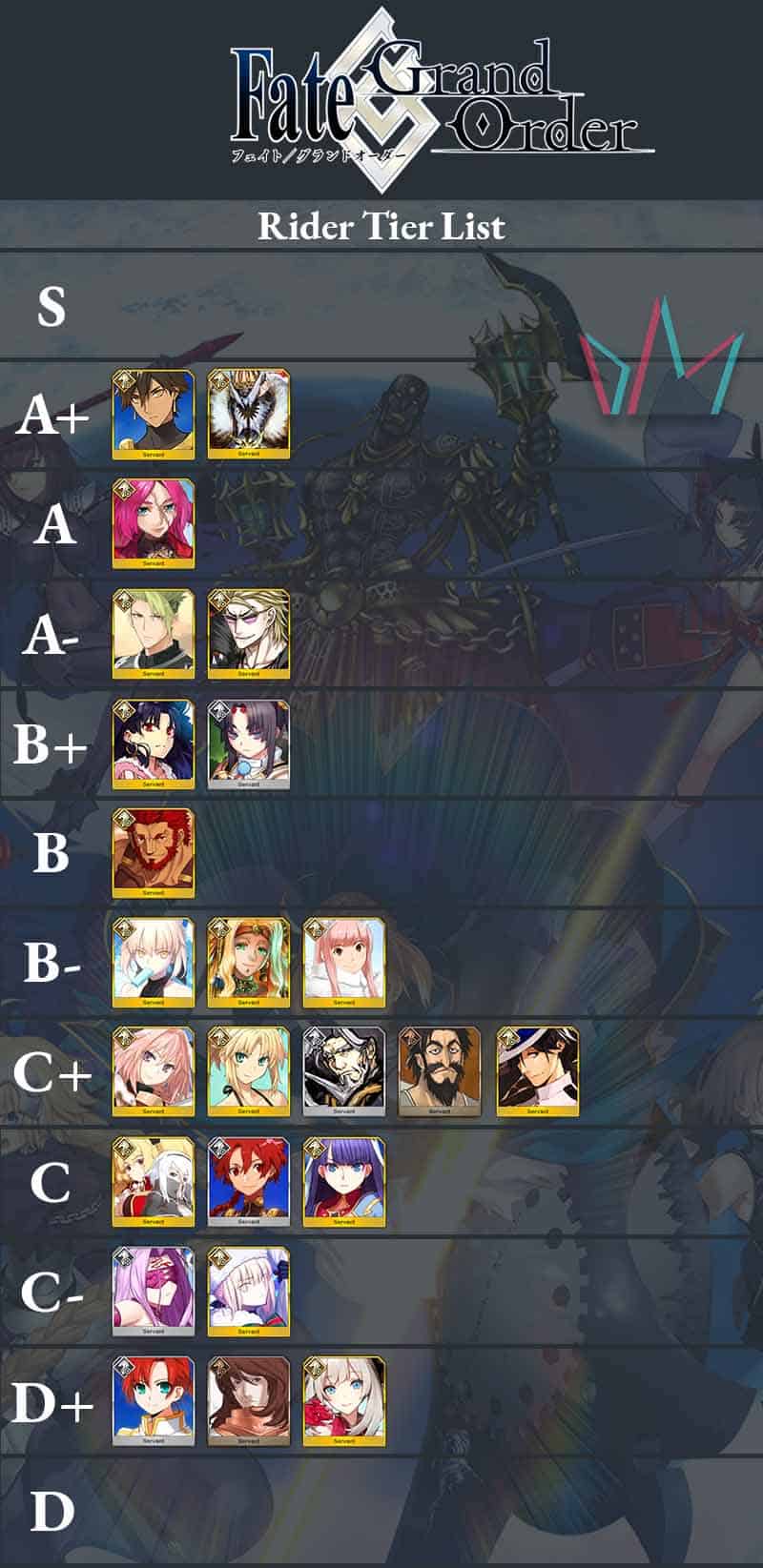
Players often wonder which characters are stronger in gacha games. Particularly when it comes to high rarity rolls that can be extremely hard to chase. Grand Order has a bit of an interesting relationship with this as we don’t have nearly the power creep problem other games tend to have. It does exist. It’s just not in the same magnitude. So where other games make tier listing a necessity so you don’t invest in a character that just can’t do content, here it helps you understand who’s weaker, though most characters are still viable. It’s a question of how hard you want to work or how efficient you want your clears to be, not whether you can at all.
The best Riders in Fate/Grand Order are Ozymandias, Ivan the Terrible, Francis Drake, Kintoki (rider) and Achilles.
Rider as a class is fairly stacked, with lots of good options. It’s a pretty stark contrast to its fellow cavalry class Assassin, almost every Rider is at least a little above average with just a few bad apples. It even features some frontrunners for the best non-support characters in the game.
Rider Tier List Methodology
A lot of tier lists cause arguments because their authors don’t make clear what does and doesn’t influence a placement decision. Here, we’ll cover the broad decision making principles for the list. This helps you to understand what was and wasn’t under consideration when placing characters and avoids troubled understanding when different people want lists that focus on power in a vacuum, others consider teams and whether there is a use for the character, etc. It’s not really feasible to make a list that ranks the way everyone would like, and many lists try to strike a balance between multiple concerns without explaining which things they weighted more heavily. Here is a list of key points for this list.
- Assumption of Good Play: Many lists dock characters points for being harder to use. Here, we’re going to assume you know what you’re doing when using a character. A player can learn to count cards or align/desynch their skills effectively, a character’s placement should be based on their usefulness not how well they do when used suboptimally.
- No Points for Splashability: It’s a common question whether a character should be considered better because they fit into a greater number of teams. This doesn’t really help understand a character’s quality on its own, and while self-sufficiency is valuable, the ability to fit into numerous mediocre teams isn’t really all that relevant. Characters will still be ranked accordingly if they virtually require a particular expensive setup but as almost every character in the game can be used in a viable composition with a bronze character and a friend support selection, this usually isn’t the case.
- Usefulness over Raw Strength: Some characters are very good at things you just won’t really ever need. Tanks are a good example in GO. Several characters try, and theoretically succeed, at being strong tanks but the game doesn’t really support tanking as an archetype because most threatening encounters feature AoE damage. Because of this, it makes more sense to grade characters on how useful they are rather than how strong they are in a vacuum.
- Niche Evaluation: Some tier lists like to severely over or under evaluate niche characters by either only considering them with the niche on with the assumption you’ll never use them otherwise or merely evaluating the niche ability as if it were not on a niche, and then deducting a bit to make up for it. Here, we’ll spend time evaluating how useful a niche is rather than applying a blanket solution. Not every specialist is created equal.
- Farming vs. Challenge Quests: It’s impossible to avoid that far more time is spent farming in GO, but CQs are still important. Generally, most CQs favor Crit/Single-target characters, while farming is an NP game, but the opposite has been true in the past. Many tier lists cap characters at a certain tier if they cannot do both effectively and this inflates the position of mediocre characters who do two things okay over those who do one thing well. A character will only receive better placement here if they’re exceptional in both categories.
- Granularity: GO just isn’t the sort of game where large portions of the characters are unusable. Many GO tier lists try to tier like other games creating gridlock at the top because by the standards of other games where any character who can participate in hard content is a high B or low A, almost every character in GO qualifies. Here, a C is still a viable character, just one who doesn’t bring much to the table you can’t get better elsewhere.
- NP5 for Welfares and Friend Point Characters: While it’s sensible to rate gacha characters as if their NP level is low, free characters are rapidly going to stack up for consistent players and most will have access to them at NP5. Three-star characters who are not part of the friend point gacha will be considered without NP5 like any other gacha character.
Rider S-Tier
No Riders manage to make it to this level, which can best be defined as, ‘so good they can heavily change the viability of several other characters.’
Rider A-Tier
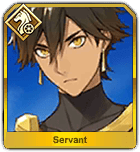
Ozymandias – A+
Ozy’s a powerhouse. He packs a potent AoE NP battery with a rather unique upside and is unique among the Imperial Privilege characters in completely negating the downside. It sounds a bit bad that it’s across two skills but other characters feature similar AoE NP charges without the benefit to IP. This leaves him with an insanely high base attack bonus to pair with Rider’s inherently high star weight. It does make him want card performance and crit/NP benefits from his external sources, but with the exception of NP damage, those aren’t hard to source.
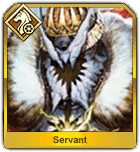
Ivan the Terrible – A+
Ivan is on the opposite end of the spectrum from Ozy, with absolutely no internal attack up, which is a bit of a shame as it does make him worse for unusual compositions. Supports may feature attack up nearly universally but certain odd boss compositions shy away from traditional supports. Regardless, he has gigantic Buster performance in general and bonus NP damage stapled onto his NP, leaving him only wanting for that attack up and a bit of crit damage to cover all his damage bases. Outside of that he’s only short an NP battery from being an all-purpose monster. He clears debuffs, enemy buffs, has defensive abilities, produces stars, Ivan just does so much in one character.
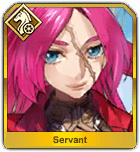
Francis Drake – A
Drake is an interesting case, her kit is actually pretty lukewarm for the most part. Her NP is close to being straight damage and nothing else, her first skill is pretty small magnitude for being a single turn buff, and Golden Rule is good, but nothing to be excited about. It’s hard to argue with a 50% NP battery, though, and that’s enough to propel Drake into extremely potent territory. It’s trivial to make her clear a single wave in a node, and she produces insane amounts of crit stars to set up for bosses besides. Just plain consistently strong performance.
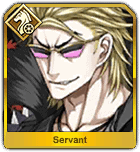
Kintoki (Rider) – A-
A lot of people consider Kintoki to be the best rider period, and I’m a lot lower on him. In particular, huge NP batteries are a lot less good on single-target characters. Still, it’s hard to argue with the sort of damage he puts out on repeat. Thanks to a long-lasting card performance buff and high NP Generation he can just shred through bosses who don’t shut him down in some fashion.
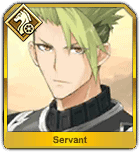
Achilles – A-
Take note, because this is what a good tank looks like. Well, in that Achilles is a great character with tank abilities just stapled on. His taunt is just part of an otherwise good NP battery, for instance. He pairs solid NP damage with good access to his NP and strong defense on the side. He’s also a looper if you can support that, though he’s one of the somewhat expensive options for doing it. Even when you’re not farming, his face card damage is fairly solid, too. He suffers a bit from being great in a lot of ways and not exceptional in any, though.
Check out these other classes and their Tier List!
- Archer Tier List
- Lancer Tier List
- Saber Tier List
- Extra Class Tier List
- Berserker Tier List
- Assassin Tier List
- Caster Tier List
Rider B-Tier
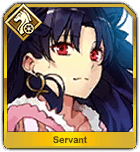
Ishtar (Rider) – B+
Rider Ishtar is essentially the AoE version of Kintoki, but she’s a lot harder to really go to town with. It takes a lot more strange tools to really make Ishtar go over the top because Summer Breaker has a self-stun that you have to build around. When she works, she really works, though, and she’s one of the characters who can loop when handed the proper support. She’s one of the particularly expensive cases though.
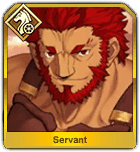
Iskandar – B
Iskandar has the highest neutral AoE NP damage in the game. That’s pretty much all he does, but as one-trick ponies go, it’s a fairly good trick. You’ll need a way to reliably get access to it to make him particularly good, but it’s hard to argue with tons of damage to clear high-health trash waves or minibosses. Iskandar punches hard enough on neutral to outpace some characters who have class advantage. Take that with a grain of salt, though, as the crazy amount of buffs he has for himself mean that external buffs don’t scale as well on him.
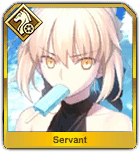
Saber Alter (Summer) – B-
Maid Alter is a little strange, and genuinely quite prone to being used poorly, so it can be hard to evaluate her. She’s very good at picking single cards to hit very hard with, but also spends a lot of her power on having a rather unique, if useful second skill. She’s got the extremely uncommon haste effect available for reducing skill cooldowns but is otherwise a bit too reliant on burst. Her damage is still reasonable when Reloaded isn’t up, but Reloaded only benefits one attack, not even an entire turn, so the amount of time she’s great is pretty slim unless you have really solid tricks with Coaching.
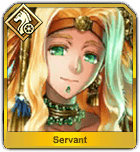
Quetzalcoatl – B-
Quetz is really held back compared to her competition on single-target by her long cooldowns. Single target characters have an inherent lean towards Challenge Quests where you’ll often see more than one cycle of buffs; Quetz has real trouble keeping up as she competes with Kintoki and Ozy getting their major buffs on a 5-6 turn cooldown. Her best ability instead features a seven turn wait, and another buff features a 6 turn cooldown for single turn benefits alongside the fact that self NP batteries are less good on ST characters than AoE.
It’s a lot of little things that make Quetz not shine quite as bright, but when your competition is some of the strongest characters in the game it’s not so bad to be a little worse.
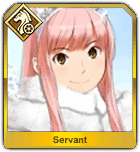
Medb – B-
If Quetz had trouble keeping up with Ozy, Medb just doesn’t even bother with trying to play the same game. She goes for a niche instead and hits it like an absolute truck. That niche is also male, so a huge swathe of enemies fall under it. When you’re not fighting males, she’s probably the worst of the SSR Single-target Riders, but she does have at least a bit of game as an off-support. I’m not a huge fan of Riders in that role since their star weight makes it hard for the people they’re meant to be supporting to shine. She does have a buff very soon that makes her a lot more attractive as a dedicated anti-boss character.
Rider C-Tier
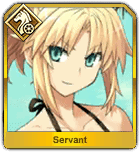
Mordred (Summer) – C+
Mordred is extremely useful with one specific composition that is very expensive and only works sometimes, and otherwise, she’s above-average. A long Arts Performance buff is great, but Rodeo Flip is medium and her NP battery is 30%, which is still great, but not top-tier. In another class, Mordred might be a rock-solid B, but here she’s competing with some characters who are just crazy, one of whom is free. If you can access the MLB Kaleidoscope Tamamo comp, though, she’s suddenly pretty ridiculous, and probably a B+.
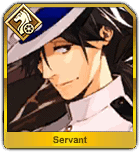
Sakamoto Ryoma – C+
In another Class Ryoma would probably be a low B, he offers tons of valuable partywide buffs including card performance and an AoE NP battery. It’s just that Rider supports aren’t spectacular, particularly when one of their buffs are crit related, and as a DPS he’s only okay. He ends up pretty massively outpaced by Kintoki if you try to use him for damage, and he eats your crit stars when you use him as a support, trying to do both simultaneously is about the only thing that makes him feel particularly great, but those comps aren’t the best for most nodes.
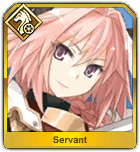
Astolfo – C+
Astolfo really stresses just how far a 50% NP battery can take you since he has almost nothing else compelling going on. His attack buff is smaller than many character’s three turn buffs, but only lasts one, his other two skills have mammoth cooldowns, and neither of them was even guaranteed to do anything before he got buffed. Astolfo used to be extremely bad, an easy D, but now he’s a pretty capable farmer thanks to a 50% NP battery. It’s not enough to make him great, since he does pretty much nothing else and isn’t even exceptionally good at it, but he is viable.
He’s basically just “What if Drake was much worse” since what makes her so potent is that she has some utility in piercing invulnerability and decent access to crits when she’s not NPing. Astolfo doesn’t have these luxuries since he has bad star generation and frankly abysmal NPgen, Drake has the same as him with her Golden Rule on with two to three times the hitcount depending on which card you’re looking at.
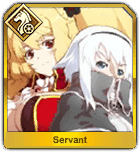
Anne and Mary – C
I’m really not high on single turn buffs, but I’m a little higher on multiple single turn buffs so you can cycle through them. Unfortunately both of the pirate duo’s single turn buffs are structured in such a way that you’d likely want to use them simultaneously to guarantee your crits. Combination also isn’t any more powerful than what many characters have as a three-turn self-buff. Marksmanship is good, and I’m a fan of their NP special, but you need to do a lot more than one turn to be a viable Single target character. Anne and Mary can maybe manage two, but most meaningful bosses need three turns of action.
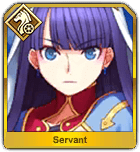
Saint Martha – C
Martha is amazing when she’s good, and a firm meh any other time. When the enemy wants to slap you with piles of debuffs that cripple your team and has some key buffs of their own, she’s rivaled almost exclusively by Ivan, but unlike him she isn’t amazing when she’s not doing that. It’s worth noting that they’re a bit of a mirrored pair, Martha’s debuff cleanse is AoE but her buff removal only hits one enemy, while the opposite is true of Ivan, who can only remove debuffs from himself, but just says no to enemy buffs in general.
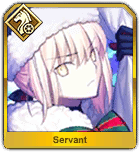
Santa Alter – C-
She’s one of the very early welfares, and at the time was pretty nice since bosses were still easily bursted down so her biggest problem didn’t really matter; she only works for one turn. That said, she’s got a mana burst and lots of ways to produce stars or help production even if Instinct is a little below average and always has been in a game where you can produce enough stars for what you need every turn it only really does anything on turn 1 most of the time. Still, free NP5 and easy crit access does make her hit quite hard if all you really need is that one turn.
Rider D-Tier
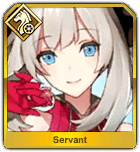
Marie Antoinette – D+
Well, there had to be at least one gold character in the class who doesn’t really stack up. Marie is actually pretty okay when you’re first starting out and her hilariously defensive kit makes her refuse to die. Otherwise she’s just really below-average and getting even a little bit of damage out of her requires using her NP, clogging out cards from other characters. The key to making defensive characters function in GO is making them actually do something alongside the defense, and Marie doesn’t really. The reality is that raw defense is less good for survivability than a good mixture.
